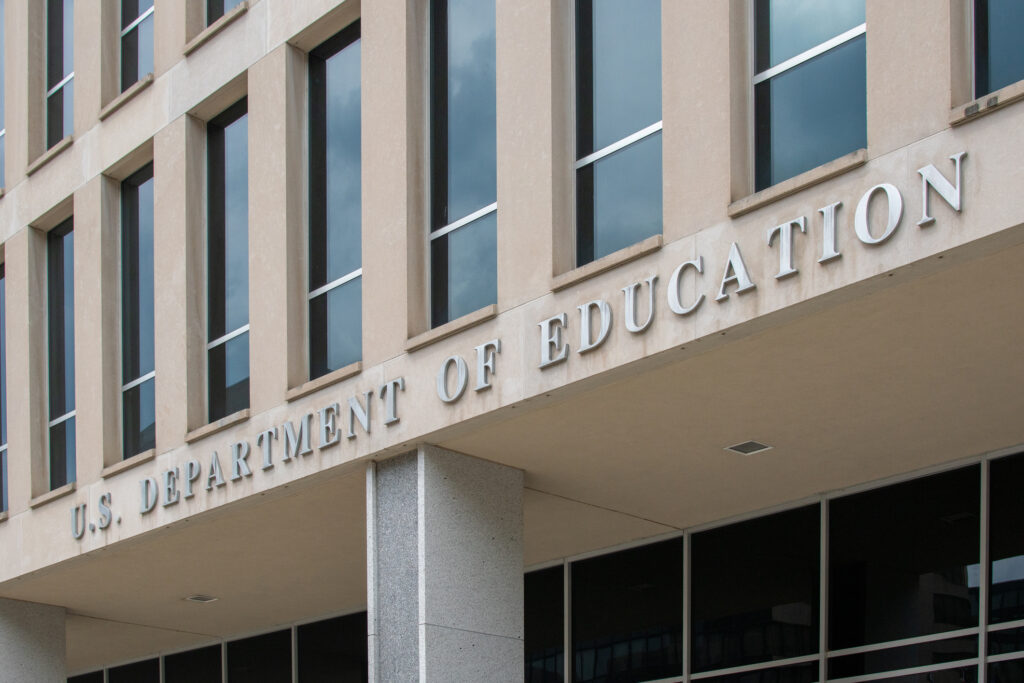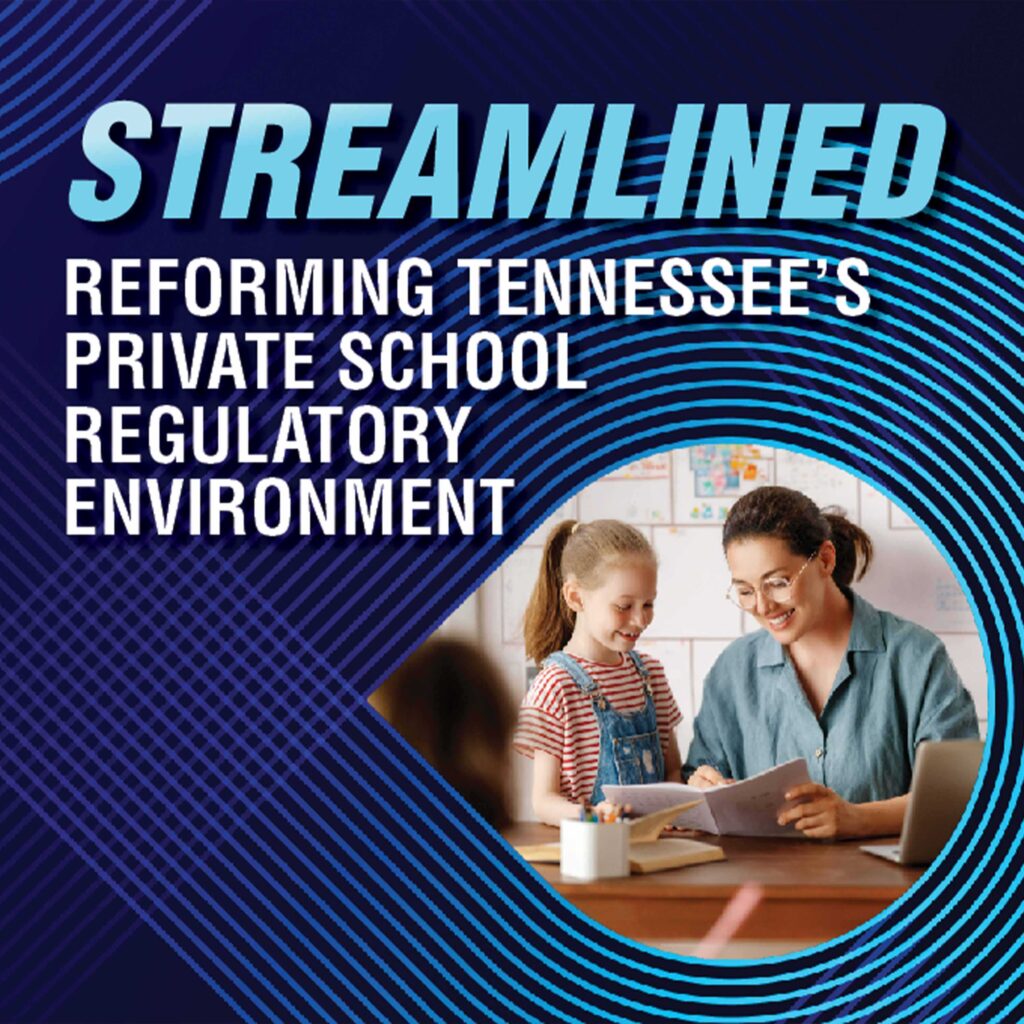While the federal government has spent money on education and developed education policies since the 19th century, the U.S. Department of Education didn’t become a stand-alone agency until 1980 when, courtesy of President Jimmy Carter, it split off from the U.S. Department of Health, Education, and Welfare.
Carter advocated for creating the department to fulfill a campaign promise to the National Education Association. Congress passed the Department of Education Organization Act in 1979. In response, the NEA subsequently issued its first-ever endorsement in a presidential contest.
Just what is the function of the DOE?
As former U.S. Secretary of Education Betsy DeVos explains, it doesn’t run a single school, employ any teachers in a single classroom, or set academic standards or curriculum. “It isn’t even the primary funder of education—quite the opposite. In most states, the federal government represents less than 10% of K–12 public education funding.”
DeVos adds that it does shuffle money around, adds unnecessary requirements and political agendas via its grants, and then passes the buck when it comes time to assess if any of that adds value. “In other words, the Department of Education is functionally a middleman. And, like most middlemen, it doesn’t add value. It merely adds cost and complexity.”
In 2024, the DOE employed over 4,000 people whose salaries and benefits came to $2.7 billion, and the department’s total budget for the year was $79 billion.
One of the purported reasons the DOE was brought into existence was to lower achievement gaps. But after spending over $1 trillion since its inception, it has done no such thing. The results from the 2024 National Assessment of Educational Progress (NAEP) reading and math test, given to 4th and 8th graders, were announced in January and showed that 4th graders continued to lose ground, with reading scores slightly lower, on average, than in 2022 and much lower than in 2019.
Teacher union leaders are in a massive snit over the possibility of the DOE’s dissolution. Reacting to Donald Trump’s attempt to get rid of it, National Education Association President Becky Pringle released a statement on Feb 3, in which she maintains that his “latest extreme action will hurt our students and public schools.”
American Federation of Teachers President Randi Weingarten said on CNN on Feb. 4, “The move is not legal. There are lots of things about the Department of Education that are in statute,” she claimed, referring to funds that go out from the department to low-income families, students with disabilities, English as a Second Language learners, and to work-study programs.
Weingarten continued, “You’re talking about millions of kids. And what that department really does is it actually makes sure that the money goes out and it’s not stolen. It is actually used for the intended purposes. Those are the most important functions of the Department of Education.””
Yet in November, the same union boss acknowledged, “My members don’t really care about whether they have a bureaucracy at the Department of Education or not.”
It’s worth noting that teacher union godfather Albert Shanker was opposed to the DOE’s creation, saying, “We thought it should stay within HEW (Department of Health, Education, and Welfare) because of the whole child.”
Also, many hail the NAEP as a vital program run by the DOE, and indeed, the test is an essential tool. However, what DOE proponents don’t acknowledge is that NAEP has existed since 1969, over a decade before the DOE came into being. The early tests were held under the auspices of the Research Triangle Institute, an independent nonprofit research institute.
In any event, the shake-up is in motion.
To continue reading, go to
https://www.forkidsandcountry.org/blog/the-sandstorm-is-the-doe-doa/





